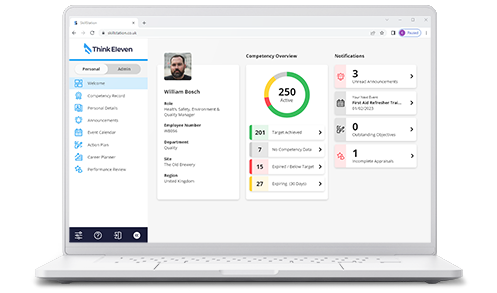In todays post, we investigate a strategic response to mitigating the rising cost of National Insurance in the 2024 autumn budget.
The October 2024 UK government budget saw announcements that brought significant implications for businesses. The Chancellor, Rachel Reeves, will implement a rise in employers’ national insurance contributions (NIC’s) set to increase by 1.2 percentage points, reaching 15%, commencing in April 2025. Additionally, the secondary threshold, where contributions are due, will be lowered from £9,100 to £5,000.
As a result, the business community is concerned about the effects this will have financially, as the cost of employing staff will increase, thus making the proposition of hiring new workers less appealing.
Firstly, let’s ask ourselves why an organisation is looking to hire new staff? Often, it’s to increase productive capacity, or bring new skills into the business, to fill a skills gap for example.
While hiring is the typical, and at face value, the easiest response to address these challenges, we would encourage organisations to reconsider this conventional approach and ask some critical questions:
“What’s your current workforce capability and utilisation rate?”
“Are you achieving optimal productivity from your existing workforce?”
“What skills and competencies already exist within the organisation?”
These questions often indicate untapped potential and capacity within an existing team, pointing toward a vastly more cost-effective solution: optimising the productivity and capabilities of the current workforce. The reality is that many businesses frequently overlook this approach – but why is this the case?
Put simply – a lack of information.
Unlocking productivity with competency.
Understanding the potential for internal skill development, or finding gains in productivity, requires detailed workforce data that can be a much trickier to gather, analyse and act upon, than the costly alternative of simply throwing more bodies at a problem. This is where the unique advantages of a competency management system begin to shine, giving a wide spectrum view of workforce training, skills and competency but without the fragmented spreadsheets that makes a joined-up approach difficult.
A robust competency management system, such as SkillStation, gives organisations the visibility of the skills and expertise already within the organisation they can tap into, as well as identify skill gaps, measure proficiency, and focus development where it’s most needed.
This enables companies to support productivity and agility without the costs associated with new hires. Beyond immediate productivity gains, this approach can provide secondary benefits such as enhancing employee retention, providing clear career development pathways that will improve morale and motivation.
In conclusion.
As we navigate this new financial landscape, we need to remember to not only focus on managing costs but about optimising the resources and workforce we already have. By ensuring all employees strive to operate at their most optimal level, we can begin to alleviate some of the pressures employers may face. Now, more than ever, the case for competency management has never been clearer.


